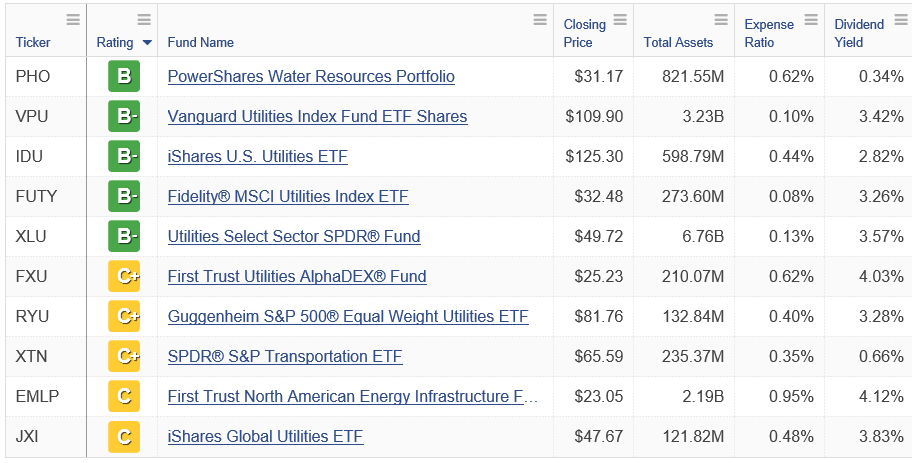I don’t make a lot of changes to my 401(k) account. Heck, I barely touch the thing. That’s because it’s for my “long term money,” something not to be traded actively or taken lightly, writes Mike Larson, senior analyst at Weiss Ratings.
But a few days ago, I made the most substantial portfolio allocation changes I have in years. And since I believe the reasons may be important to you, I wanted to explain why.
First, let’s start with some background. If you’ve been following my work, you know I’ve been staunchly bullish for a long time.
Back in December 2016, in my former position as editor of the Safe Money Report, I dubbed the presidential election a “Trump Quake.” I called it “one of the biggest political developments for the country since the ‘Reagan Revolution’” ... said it would “shift the discussion from years of highly experimental, yet ultimately ineffective, monetary policy to massive fiscal stimulus” ... and told my subscribers several ways they could profit from it.
I continued doing the same here at Weiss Ratings throughout 2017, highlighting all kinds of stocks and sectors that would benefit as the bull kept running. They included financial stocks, infrastructure and construction stocks, defense stocks, travel and leisure stocks, and many others.
I also said you should tune out the political noise and stay long stocks whenever Trump-related comments or events caused market hiccups, regardless of your personal feelings about the president. One reason: A tidal wave of money was flowing out of bonds and in to stocks, and it would help to perpetuate the rally regardless.
But now, the Dow is 7,000 points higher than it was on Election Day. Now, the bull market is almost a year and a half older. And now, I’m starting to see signs of market exhaustion.
It’s not just the explosion in stock market volatility we experienced in February, with a pair of “Down-1,000 Days” in a very short span of time. It’s also an increasingly troublesome series of moves I’m seeing in various out-of-the-way corners of the interest rate and currency markets.
Throw in the near-record age of this bull market ... the deflation of the global QE bubble ... and the multiple interest rate hikes we’re seeing here and abroad ... and you’ve got the makings of a potentially major market shift.
It doesn’t mean stocks are necessarily going to implode today, tomorrow, next week, or next month. But it’s enough that I decided to adopt a more cautious investment approach in my 401(k). Specifically, I boosted my cash/guaranteed portfolio position to 25% -- the highest it’s been in ages. I also added “insurance” in the form of a new precious metals fund allocation and reduced my stock investments across the board.
Are those the right moves for you to make, too? I can’t say for sure. You may have different risk tolerances or goals than I do. Your 401(k) plan may not offer the same options as mine. You may be subject to different fees or expenses for shifting funds. Or you may be the type of person who NEVER changes your retirement fund allocations.
But I don’t think you should ignore the change in character we’re seeing in the markets. Nor do I think you should underestimate the rising potential for a real shakeout, something much more dangerous to your wealth than we’ve seen in many years.
So here are some ideas to get your portfolio in order:
1. Cut your equity exposure overall – if not in your 401(k) plan, then at least in your standard brokerage account.
2. Start shifting out of overvalued, red-hot sectors like technology and in to beaten-down, safety plays like utilities or consumer staples. To help you out, here is a list of our 10 highest-rated utility sector ETFs. If you don’t have any exposure already, one or more of these could be just what the portfolio doctor ordered.

Source: Weiss Ratings, Data Date 3/14/2018
3. Use our Weiss Ratings to move your portfolio holdings up the quality scale. In other words, get rid of Sell rated stocks (“D+” or lower) you’ve been reluctant to jettison and focus more intently on Buy names in our “A” and “B” categories.
Depending on how things shake out, you may also want to brush up on inverse ETFs – specialized investments that go up in value when select sectors or indices go down. I haven’t been recommending them to my subscribers for a long time given the overall bullish trend. But the times they are a-changing, and your investment approach should, too!
Until next time,
Mike Larson
Check out Mike’s short video interview at MoneyShow Orlando: How to Find Dividend Stocks here.
Duration: 2:26
Recorded: Feb. 9, 2018.
Follow Mike Larson and subscribe to Weiss Ratings products here.





















